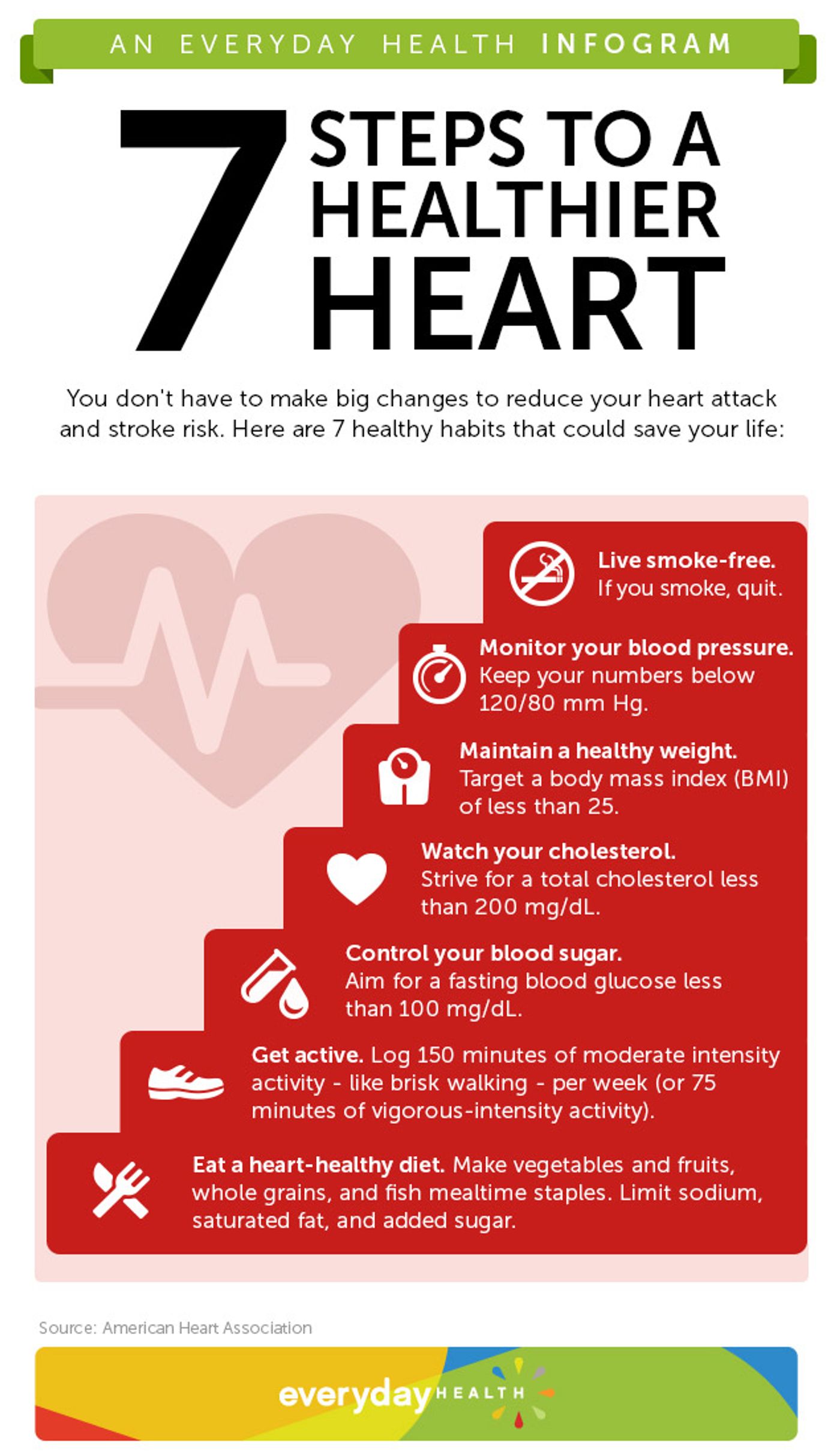A massive study of the prevalence of coronary heart disease between 2001 and 2012 has revealed a variety of trends surrounding one of America’s top leading causes of death. Most notably is the significant decrease in coronary heart disease overall: from 10.3 percent in 2001-2002 to 8 percent in 2011-2012.
Researchers examined data from the National Health and Nutrition Examination Survey (NHANES), using over twenty thousand records of adults aged 40 years or older. They looked at coronary heart disease overall as well as myocardial infarction and angina, two main types of coronary heart disease. Additionally, the researchers compared the trends to demographic information as well as changing risk factors such as hypertension, dyslipidemia, smoking, diabetes, and being obese or overweight, all of which are considered to be treatable.
The change in coronary heart disease prevalence among adults between 40 and 59 years old was not nearly significant as the overall change for all adults over 40. As expected, when the researchers looked only at people older than 60, they saw a decrease in prevalence from 19.5 percent in 2001-2002 to 14.9 percent in 2011-2012. Also, just looking at women over 40, researchers saw a decrease from 8.5 percent to 6.2 percent.

Looking at non-Hispanic white, non-Hispanic black, and Mexican American adults, only the latter group did not experience a significant decrease in coronary artery disease. Other groups experiencing significant declines in disease risk were adults who did not finish high school adults who did finish high school and completed further education, and adults with health insurance.
Of all the groups who showed a decrease in the risk for coronary heart disease, researchers saw that the decline was most often due to alleviation of risk factors. Smoking became less common between 2001 and 2012, and the number of people controlling their hypertension and/or abnormal cholesterol increased, while the actual prevalence of these conditions has relatively stayed the same. However, obesity and type II diabetes are on the rise, though scientists note that the “overall control of glucose levels” has significantly improved over the past decade or so.
Lead investigator Sung Sug Yoon, PhD, RN, believes that the trends brought to light by this study are largely due to a “combination of prevention efforts and improvements in the management of risk factors.”
The findings from the study also serve the function of showing how much of a difference healthy lifestyle changes can make for people, specifically over the age of 40. Maintaining a healthy diet, regularly exercising, and not smoking clearly made a difference for a portion of the American population between 2001 and 2012.
This study was recently published in the
American Journal of Preventative Medicine.
Sources:
Elsevier Health Sciences

 Looking at non-Hispanic white, non-Hispanic black, and Mexican American adults, only the latter group did not experience a significant decrease in coronary artery disease. Other groups experiencing significant declines in disease risk were adults who did not finish high school adults who did finish high school and completed further education, and adults with health insurance.
Looking at non-Hispanic white, non-Hispanic black, and Mexican American adults, only the latter group did not experience a significant decrease in coronary artery disease. Other groups experiencing significant declines in disease risk were adults who did not finish high school adults who did finish high school and completed further education, and adults with health insurance.







